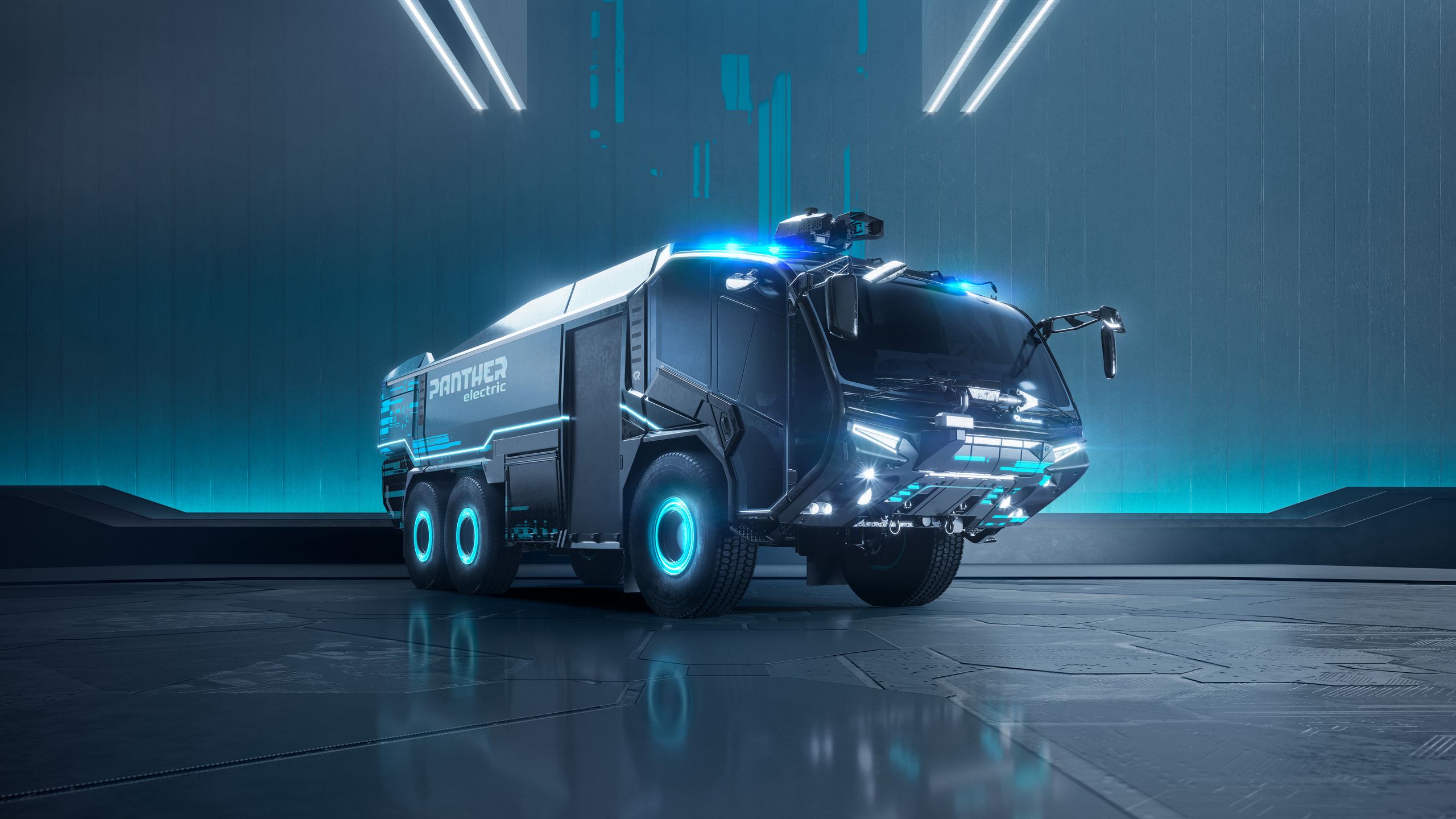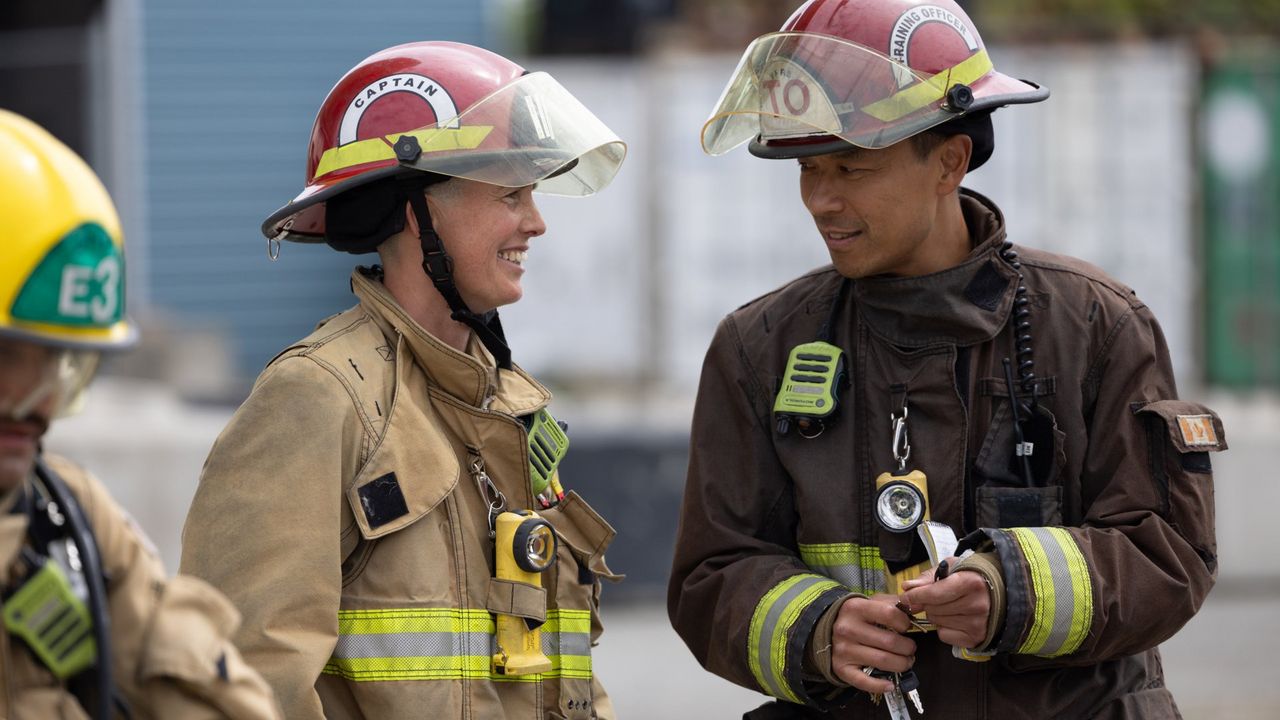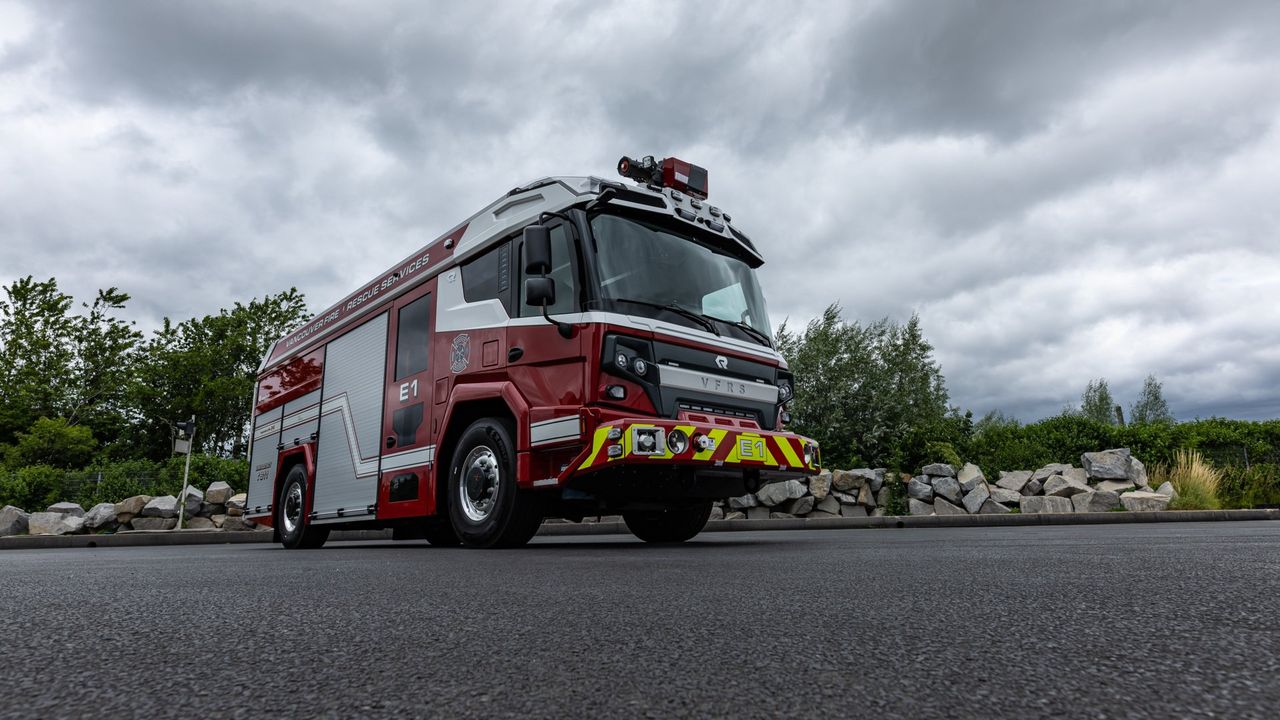Karen Fry and Tyler Moore lead the Vancouver Fire and Rescue Services. It's a city where worlds literally collide, according to Karen. Some of the roughly 2.5 million people are among the poorest in North America, while at the same time, some very rich people also live there. Exorbitant housing costs intensify the situation for many. With 700,000 inhabitants, the city center is one of the most densely populated areas in the country. "In the downtown area, we're at 19,000 people per square kilometer," Karen quotes a statistic, "and that's the fourth highest value in North America."




